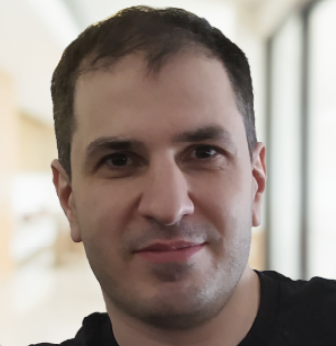Mission
Starting in 2018 and mainly focusing on offshore and space industries, Gigala leverages reinforcement learning, genetic algorithms and finite element methods for a product design.
At present, Gigala software consists of two moduli: topology optimization and offshore pipelay dynamics (now separated into Ocean Intella software). It uses artificial intelligence to assist an engineer in her design. You can use it as research or engineering analysis tool to design different physical products. Gigala utilizes novelty of current developments in artificial intelligence and safety of classical engineering methods.
People

Giorgi Tskhondia (aka Giga; aka Georgy A. Tskhondiya): founder, independent researcher, PhD in mathematical modeling, ex subsea pipelines installation engineer, data science professional.
Resources
Access latest news and developments of the project.
Guides
Read documentation on using Gigala models.
FAQ
Find the answers for the most frequently asked questions below
How can I participate in the project?
You can contact me via the support link, ResearchGate or e-mail me at gigatskhondia@gmail.com to discuss potential collaborations.
What do I get as a sponsor?
You will get an ability to take active part in discussions about future features of the product, accounting for the best practices of open-source communities.
Who is an intended audience for your software?
Students, engineers, researchers, and decision makers. People who want to learn more about new ways to combine AI and engineering analysis.
Is it more a research driven product or commercially oriented one?
I believe that no modern product can be developed without a cutting edge research, but I intend to commercialize some part of my work. Hence, I try to approach the development process as both industry and academic standards.
Does it have a GUI?
No. Currently, my software has basic visualization only but, in the future, I intend to add more visualization capablities.
How does your product differ from others?
It is an artificial intelligence driven product. I combine AI with classical engineering methods. For example, I develop topology optimization by reinforcement learning and evolutionary algorithms, and LLM agents to interface with the software and help in design.